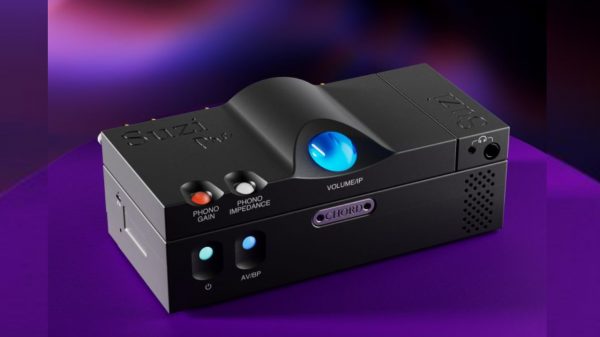Everyone has that co-worker with zero organizational skills (despite what their resume says). Their desk is a mess, their in-box is overflowing and it takes them 20 minutes to find that project they promised you yesterday. Every time you look at their cubical you feel stressed by the lack of cleanliness. And yet, you are just as organizationally challenged if you aren’t defragging your computer’s hard drive.
That’s right; your hard drive is like a big filing cabinet. As you create, edit and delete files, parts of each file are saved wherever free space is available on the hard drive. This slows the file access time considerably as the HDD head has to mechanically go to each fragment, read it and reassemble each tiny piece. If this were only for a couple of files, the difference may not be noticed. But the problem with fragmentation is that once it starts, it’s like a spreading disease which leads to subsequent disarray and slowdowns. This is the operating system’s default filing system, an unavoidable problem that can lead to serious system inefficiency and unreliability. Over time this continual fragmentation presents a threat to drive health, causing the system to freeze, hang and crash.
Defrag, or defragmentation, reassembles those hundreds or thousands of fragments into one continuous, easy to find document. To put it simply, it’s like putting away books at the library or taking the mess on your desk and putting it all in the correct files. Defragging makes it quicker for your computer to find the things it needs so it doesn’t stress itself out searching everywhere for one file. Defragging is also proven to boost system applications such as Microsoft office, boot-up times, internet browsing and ultimately extend the life of your hard drive.























